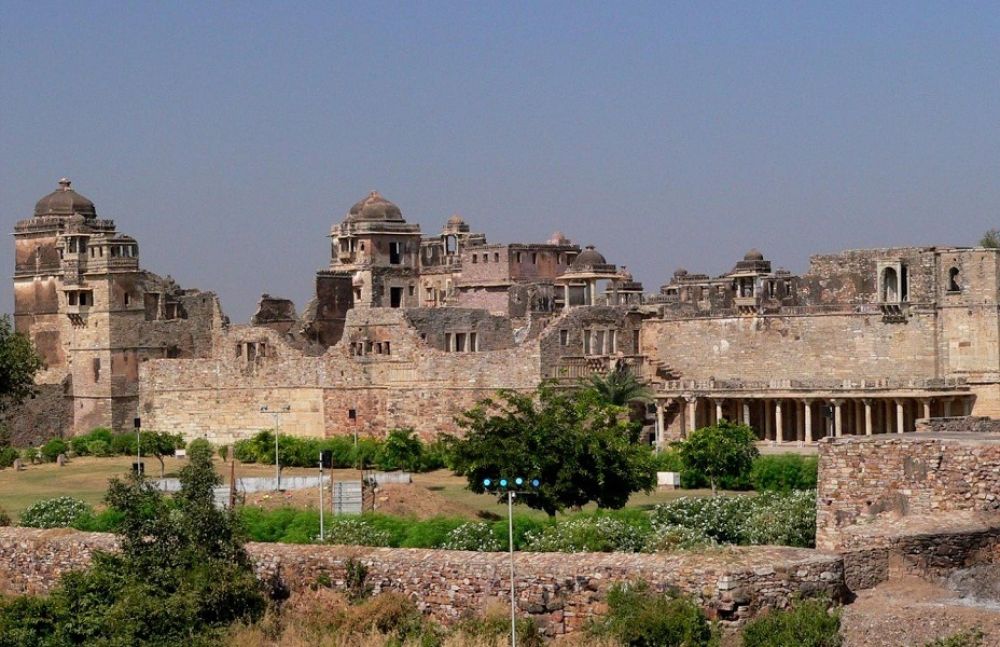

Rana Kumbha's Palace in Chittorgarh, Rajasthan, is a significant historical site that has played a pivotal role in the tourism history of India. The palace, named after the ruler Rana Kumbha who reigned in the 15th century, is one of the oldest monuments in the fort of Chittorgarh and a fine example of the rich architectural heritage of the Mewar dynasty.
The palace holds great historical significance as it was the birthplace of the great warrior and king Maharana Pratap. It is also associated with the revered saint Meerabai, who was an ardent devotee of Lord Krishna, and the palace is said to house the temple where she worshipped. The history of this palace is deeply interwoven with the tales of heroism and sacrifice that epitomize the spirit of the Rajputana. Rana Kumbha's Palace not only attracts history enthusiasts but also captivates those interested in architecture, as the grandeur of the palace complex demonstrates the advanced design elements of the period, with its series of interconnected buildings, including stables, temples, and zenanas (women’s quarters).
Tourism at Rana Kumbha's Palace has evolved considerably over the years. Initially, the monument was an esoteric attraction known mostly to history aficionados and the local populace. However, as global interest in India's rich cultural heritage grew, the Rajasthan government and India's Ministry of Tourism began to promote Chittorgarh Fort and Rana Kumbha's Palace as premium travel destinations.
Renewed efforts to restore and maintain the palace have made it more accessible to the public, and a staple of cultural tourism in Rajasthan. Festivals like the Chittorgarh Mewar Festival have also brought attention to the region, encouraging an influx of tourists seeking to experience the local culture and history first-hand.
Today, the latest tourism trend in Chittorgarh revolves around technology-based enhancements. The Rajasthan Tourism Development Corporation has leveraged technology to offer immersive experiences, such as augmented reality (AR) tours, which allow visitors to see the palace as it might have appeared in its glory days.
There are also increased efforts toward sustainable tourism to ensure that the historical integrity and natural beauty of Rana Kumbha's Palace, and the fort at large, are preserved for future generations. This includes regulated tour timings and capping visitor numbers to manage the impact on the site.
The palace is now well-integrated into the larger circuit of Rajasthan's tourist destinations, often included in the itineraries of luxury trains like the Palace on Wheels, and the Royal Rajasthan on Wheels. With this, Rana Kumbha's Palace continues to stand as a proud symbol of Rajasthani culture and history, drawing the curious and the scholarly from across the world.
Rana Kumbha's Palace remains open to visitors throughout the year and is easily accessible from major cities of Rajasthan via road. The best time to visit is during the cooler months from October to March. The palace's historical significance, combined with the majesty of Chittorgarh Fort, cannot be overstated, making it a must-visit for anyone traveling to Rajasthan.
Visitors are advised to have a knowledgeable guide to fully appreciate the historical context and the stories behind the majestic ruins. As the tourism industry progresses, the palace not only serves as a conduit for Rajasthan's past but also as a benchmark for the future of heritage tourism in India.